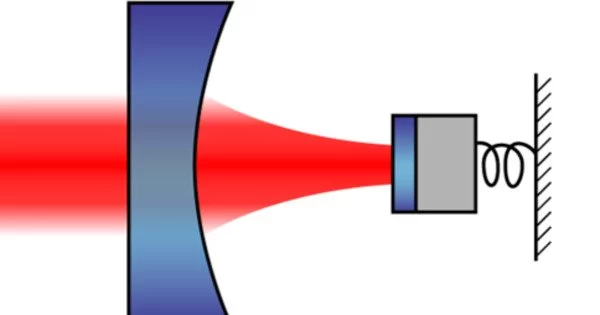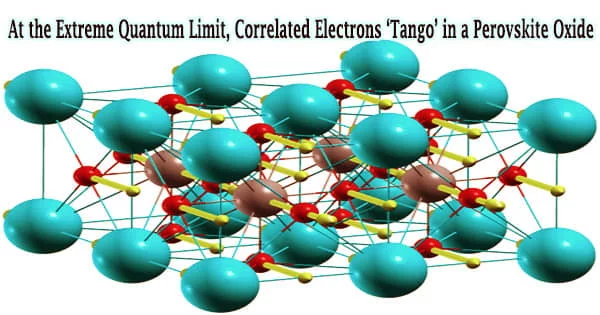Radiation pressure (also known as light pressure) is the mechanical pressure exerted on any surface as a result of the object’s momentum exchange with the electromagnetic field. The pressure exerted by electromagnetic radiation on a surface or object is referred to as radiation pressure. This includes the momentum of any wavelength of light or electromagnetic radiation that is absorbed, reflected, or otherwise emitted (e.g., black-body radiation) by matter at any scale (from macroscopic objects to dust particles to gas molecules).
Radiation pressure is caused by the dual nature of light, which has both wave-like and particle-like properties. Light is described as an electromagnetic wave composed of oscillating electric and magnetic fields in classical electromagnetism. This wave can transfer energy and momentum when it interacts with matter. Light and other forms of electromagnetic radiation can transfer momentum to matter when they interact with it. This momentum transfer causes a force to be exerted on the object’s surface, resulting in radiation pressure. The associated force is referred to as the radiation pressure force, or simply the force of light.
Radiation pressure forces are generally too small to notice in everyday life; however, they are important in some physical processes and technologies. This is especially true for objects in outer space, where it is the primary force acting on objects other than gravity, and where the net effect of a small force can have a large cumulative effect over long periods of time. For example, if the effects of the Sun’s radiation pressure on the Viking spacecraft had been ignored, the spacecraft would have missed Mars’ orbit by approximately 15,000 km (9,300 mi).
The momentum carried by light is given by the equation p = E/c, where p denotes momentum, E denotes light energy, and c denotes the speed of light in a vacuum. As a result, when light is absorbed or reflected by an object, it imparts momentum to the object, resulting in a change in momentum and a force.
The magnitude of radiation pressure is determined by the incident radiation’s intensity, which is defined as the amount of energy carried by the radiation per unit area and time. Higher-intensity radiation applies more force to a surface or object.
Radiation pressure from starlight is also important in a variety of astrophysical processes. Radiation pressure becomes extremely important at extremely high temperatures and can sometimes dwarf normal gas pressure, as in stellar interiors and thermonuclear weapons. Large lasers operating in space have also been proposed as a means of propelling sail craft in beam-powered propulsion.
Radiation pressure has several important applications and effects in various fields:
- Astrophysics: Radiation pressure plays a significant role in stellar evolution and the dynamics of celestial objects. In stars, radiation pressure from nuclear fusion reactions in their cores counteracts the gravitational force, maintaining stellar equilibrium. Additionally, radiation pressure from starlight can affect the motion and behavior of cosmic dust particles and comet tails.
- Optics and laser technology: Radiation pressure is utilized in optical tweezers, a technique that uses tightly focused laser beams to trap and manipulate small particles. By controlling the radiation pressure, scientists can move, position, and study microscopic objects, such as biological cells and nanoparticles.
- Solar sails: Spacecraft propulsion concepts based on solar sails utilize radiation pressure to generate thrust. These sails are large, lightweight structures that reflect sunlight, harnessing the momentum of photons to propel the spacecraft. By adjusting the orientation of the sail, the spacecraft can be propelled in different directions without the need for traditional propellants.
















